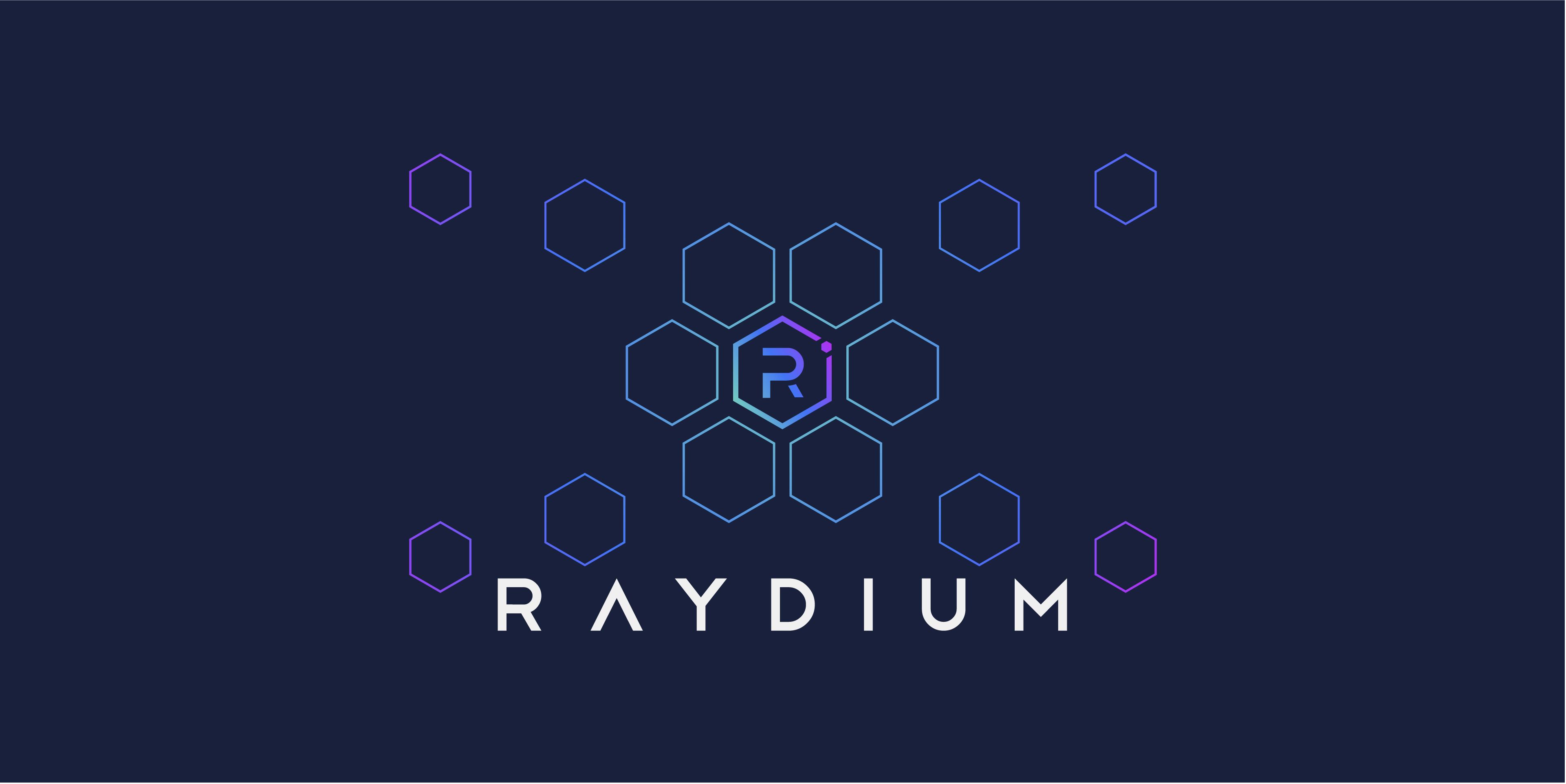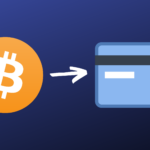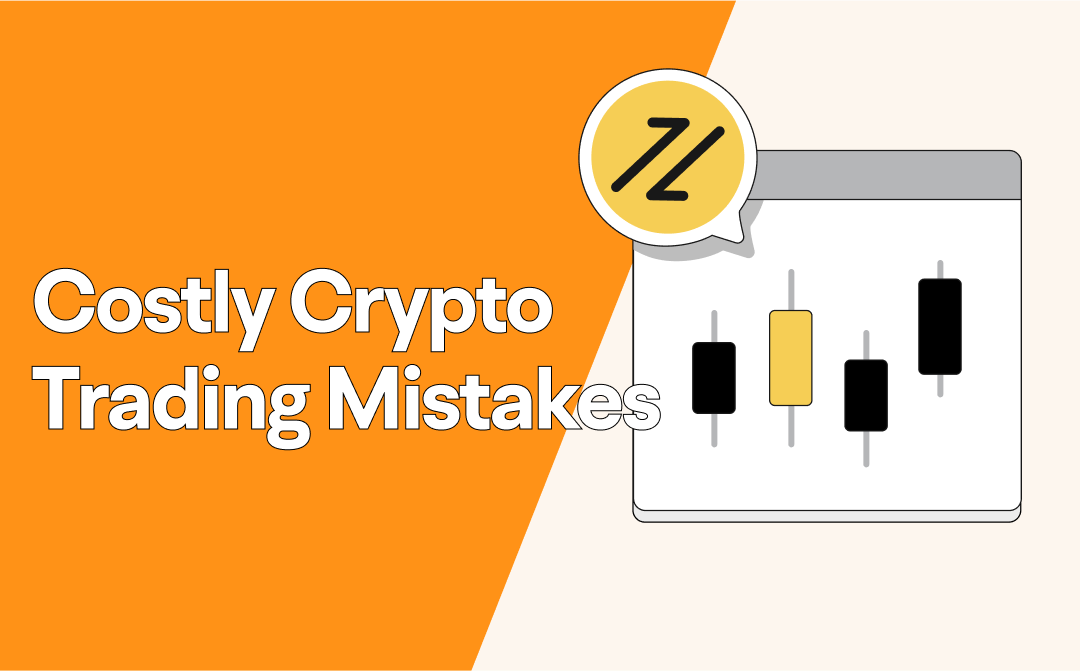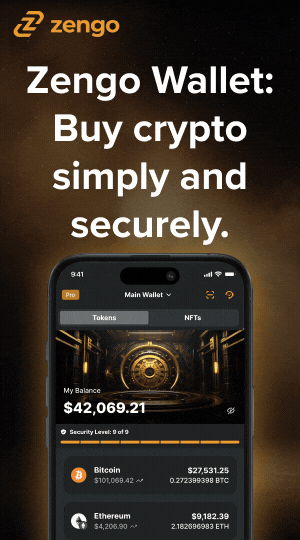In the ever-evolving world of cryptocurrency, terms and abbreviations are abundant, making it challenging for newcomers to keep up. One such term that’s been gaining attention is Radium CPMM. As decentralized finance (DeFi) continues to grow, the mechanisms behind these platforms are becoming increasingly significant. For anyone curious about how liquidity, decentralized exchanges (DEX), and trading work, understanding Radium CPMM is essential. In this beginner’s guide, we’ll break down what Radium CPMM stands for and why it’s crucial in the crypto ecosystem.
What is Radium in Crypto?
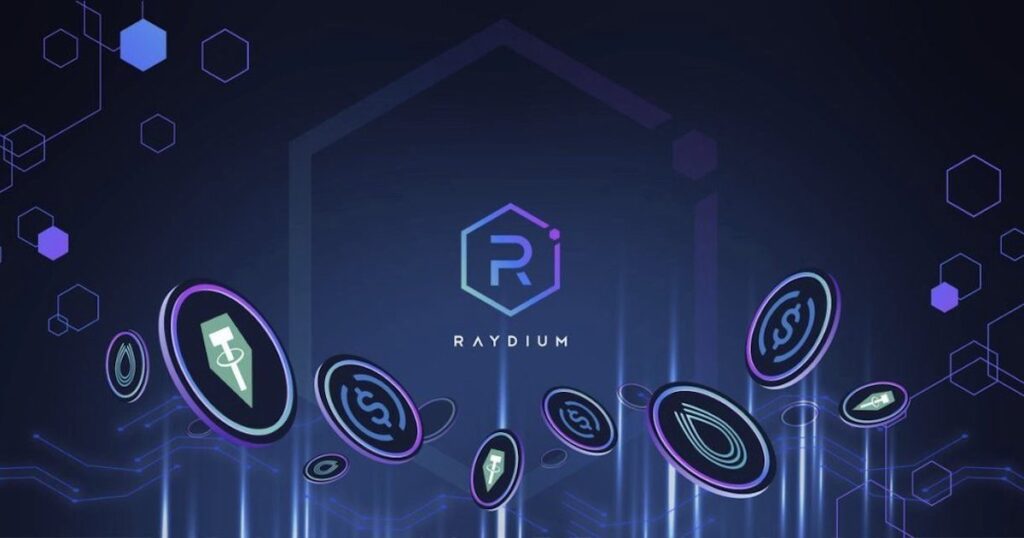
Radium, a decentralized finance (DeFi) protocol, is a key player in the world of cryptocurrency. It’s built on the Solana blockchain, which is known for its fast transaction speeds and low fees compared to other blockchains like Ethereum. Radium acts as a decentralized exchange (DEX), meaning it allows users to trade tokens directly without a central authority or intermediary. Its core functionality revolves around providing liquidity to the platform, enabling seamless token swaps.
But what sets Radium apart from other DEX platforms is its implementation of the CPMM model. Before we dive into CPMM, let’s briefly explore why Radium is significant in the world of DeFi.
Radium’s integration with Solana’s high-performance blockchain provides a competitive advantage. It enables faster transactions, lower costs, and a smoother user experience. Furthermore, Radium offers liquidity pools, staking, and yield farming opportunities, making it an attractive platform for crypto enthusiasts who want to maximize returns on their digital assets.
Understanding CPMM: What Does It Stand For?
The term CPMM stands for Constant Product Market Maker, a model widely used in decentralized exchanges to automate trading and maintain liquidity. To understand CPMM better, let’s first break it down into its components:
- Constant Product: This refers to a mathematical formula that ensures the product of the available token balances in a liquidity pool remains constant during trades. The formula is generally expressed as x * y = k, where x and y represent the amounts of two tokens in the pool, and k is a constant value.
- Market Maker: In traditional finance, a market maker is an entity that provides liquidity to a market by buying and selling assets. In decentralized finance, the CPMM model acts as the market maker by automatically adjusting token prices in response to supply and demand, without relying on external market makers.
This automated process allows Radium to facilitate trades between users efficiently, without the need for a central order book or intermediary.
How Does Radium Use CPMM?
Radium utilizes the CPMM model to power its automated market-making (AMM) system. When users trade tokens on Radium, they interact with liquidity pools instead of relying on an order book. These pools are funded by users who provide liquidity in the form of two tokens, typically a pair of assets like SOL and USDC.
Here’s how CPMM works in Radium:
- Liquidity Providers (LPs) deposit equal amounts of two tokens into the pool.
- The CPMM formula ensures that the ratio of the tokens adjusts automatically based on trades, maintaining a constant product.
- When a user swaps one token for another, the pool’s balances shift, and the CPMM formula calculates the new price based on the remaining token amounts in the pool.
Radium’s CPMM model ensures that there is always liquidity for token swaps, even during times of high volatility or market fluctuations. This constant availability of liquidity makes Radium a reliable platform for trading within the Solana ecosystem.
Why is CPMM Important in the Crypto Market?
One of the primary reasons the CPMM model is important is because it solves the liquidity problem faced by traditional exchanges. In a centralized exchange, liquidity depends on buyers and sellers matching orders. If there aren’t enough buyers or sellers, trades can be delayed or executed at less favorable prices. The CPMM model, by contrast, ensures liquidity is always available through its automated system.
The advantages of CPMM in the crypto market are clear:
- Decentralization: Since Radium operates on Solana’s blockchain, users don’t need to trust a centralized entity to handle their trades. The CPMM algorithm takes care of liquidity and pricing.
- Transparency: The constant product formula is transparent and predictable. Users can see how their trades will affect the pool and how prices are calculated.
- Fair Pricing: Prices are determined by the CPMM algorithm, which adjusts automatically based on market conditions. This reduces the possibility of price manipulation by large players.
- Efficiency: The CPMM model allows for efficient trades, even for assets with lower trading volumes, by ensuring that liquidity is always present.
Comparing CPMM with Other Market Maker Models
While CPMM is a widely used model in the DeFi space, it’s essential to compare it with other market maker models to understand its unique advantages.
- CPMM vs. AMM (Automated Market Maker): While both models automate the market-making process, CPMM is a specific type of AMM that focuses on maintaining a constant product. Other AMM models may use different mathematical formulas for pricing and liquidity.
- Order Book Model vs. CPMM: In centralized exchanges, the order book model depends on matching buyers with sellers. However, CPMM eliminates the need for an order book, allowing for instant trades through liquidity pools.
CPMM is generally preferred in decentralized systems because it doesn’t rely on external market makers or matching orders, making it ideal for platforms like Radium.
Key Takeaways
To summarise, Radium CPMM plays a crucial role in the decentralized finance world by ensuring liquidity and automating market-making. Through the constant product formula, CPMM allows users to trade tokens efficiently without relying on a central order book or market maker. By understanding Radium CPMM, beginners can appreciate how this mechanism powers decentralized exchanges and impacts the broader crypto ecosystem.
Key points to remember:
- Radium is built on the Solana blockchain, offering fast and cost-effective trades.
- CPMM stands for Constant Product Market Maker, a model used to maintain liquidity in decentralized exchanges.
- Radium’s implementation of CPMM ensures that liquidity is available for seamless token swaps.
Conclusion
As the cryptocurrency space grows and new innovations emerge, understanding the mechanisms behind these platforms becomes increasingly vital. Radium CPMM is a prime example of how decentralized exchanges are evolving to meet the needs of traders and liquidity providers alike. By leveraging CPMM, Radium offers a more efficient, transparent, and decentralized way of trading crypto assets.
For anyone new to crypto, this beginner’s guide should clarify what Radium CPMM stands for and its importance in the broader DeFi ecosystem. As you explore further, you’ll find that platforms like Radium are at the forefront of decentralized trading, offering cutting-edge solutions for the future of finance.
Visit our homepage for more insightful articles about crypto and blockchain: CryptoVedas.


